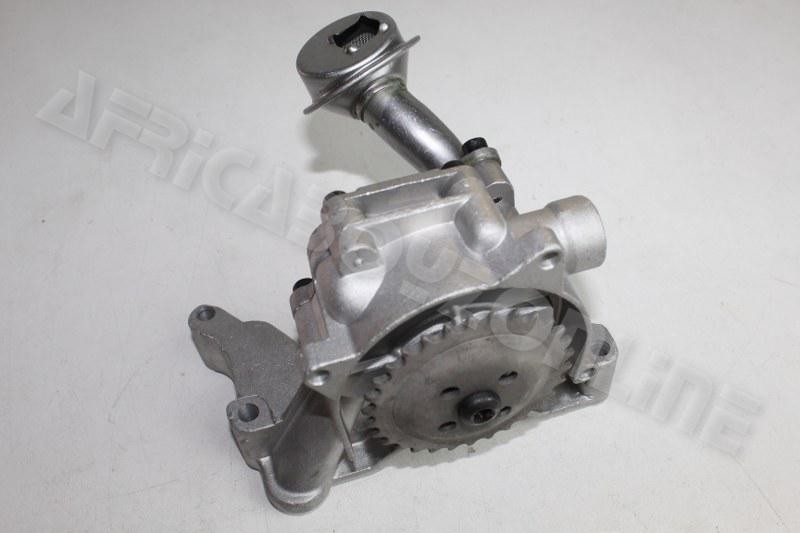Discover the best clp engine for your specific needs.
Just How a Clp Engine Can Boost Effectiveness in Various Industries
The arrival of CLP engines marks a considerable change in functional efficiency throughout various fields, driven by their capability to optimize fuel consumption and minimize downtime. As companies significantly focus on sustainability along with performance, the duty of CLP engines becomes even extra important.
Summary of CLP Engines
CLP engines, or Constant Liquid Propellant engines, represent a considerable innovation in propulsion technology, especially for room applications. These engines use a continual feed system that enables for the sustained expulsion of propellant, bring about improved performance and efficiency compared to conventional solid or hybrid propulsion systems. By keeping a constant circulation of fluid propellant, CLP engines can attain much more accurate drive control, which is important for steering spacecraft in various goal situations.
The style of CLP engines integrates innovative products and ingenious fuel monitoring systems. clp engine. This causes decreased weight and increased reliability, essential elements for long-duration space goals. Furthermore, the continual operation minimizes the threat of combustion instability, an usual difficulty in traditional rocket engines.

Benefits in Manufacturing
The manufacturing of Continuous Liquid Propellant (CLP) engines provides numerous noteworthy benefits that improve both efficiency and cost-effectiveness. Among the primary advantages is the structured production process, which lowers the intricacy linked with typical propulsion systems. By using fluid propellant, producers can achieve higher accuracy in engine performance, leading to maximized power result and reduced waste.
In addition, CLP engines help with a higher level of modularity, enabling much easier integration right into different production lines. This versatility can dramatically lower lead times and boost general operational flexibility. Making use of CLP innovation additionally tends to decrease the requirement for considerable maintenance due to fewer relocating components, which translates into minimized downtime and functional expenses.

Applications in Logistics
Leveraging Continual Liquid Propellant (CLP) engines in logistics uses significant advantages in operational effectiveness and reliability. These engines give a durable option for various transport demands, allowing the seamless activity of products across substantial ranges. The integral design of CLP engines permits constant power outcome, which converts into smoother and more foreseeable transportation timetables.
Among the essential applications of CLP engines in logistics remains in sturdy products transportation, where they can drive both ground and airborne automobiles. Their capability to keep high efficiency under differing tons conditions ensures that shipment timelines are satisfied, thus enhancing client complete satisfaction. Furthermore, CLP engines can be integrated right into automated logistics systems, helping with real-time monitoring and optimizing route planning.
Furthermore, the resilience of CLP engines minimizes maintenance downtime, allowing logistics companies to optimize their functional capacities. This is specifically useful in warehousing operations, where effectiveness in taking care of and delivering goods is important. As logistics proceeds to develop, the assimilation of CLP engines represents a forward-thinking method that not only boosts efficiency yet likewise supports the industry's expanding needs for integrity and speed.
Effect On Power Effectiveness
How do Constant Fluid Propellant (CLP) engines boost power effectiveness in transport? CLP engines use a constant flow of fluid gas, enhancing burning procedures and maintaining a steady thrust output. This design decreases power losses connected with standard burning engines, where fuel shipment can differ and bring about ineffectiveness.
The continuous operation of CLP engines permits an extra reliable thermal cycle, resulting in higher certain impulse contrasted to standard engines. clp engine. This translates to decreased gas intake for the same amount of work done, substantially decreasing functional prices throughout various transportation industries, consisting of aeronautics and maritime industries
Moreover, the ability of CLP engines to preserve ideal performance under varying tons conditions decreases the requirement for regular acceleration and deceleration, even more improving fuel effectiveness. Improved energy efficiency not only adds to set you back financial savings but likewise causes reduce greenhouse gas discharges, aligning with global sustainability goals.
Future Trends and Innovations
Arising innovations in Continual Fluid Propellant (CLP) engine innovation guarantee to reinvent the landscape of transport effectiveness and sustainability. As sectors pivot toward greener alternatives, CLP engines stand at the forefront, incorporating cutting-edge materials and design methodologies that boost performance while lessening ecological effect.
One of one of the most encouraging patterns is the adoption of crossbreed systems that integrate CLP engines with check out here renewable resource sources. This synergy can optimize fuel intake and minimize emissions, aligning with worldwide sustainability goals. Improvements in computational liquid characteristics (CFD) are assisting in the design of even more aerodynamically effective why not try these out engines, leading to decreased drag and boosted fuel efficiency.
In addition, the advancement of clever surveillance systems is set to boost functional performances. These systems leverage information analytics and IoT technology to maximize engine performance in real-time, making sure that the engines run within their most effective criteria.
As research proceeds to discover alternative propellant formulas-- such as biofuels and artificial fuels-- the future of CLP engines looks encouraging. By utilizing these technologies, industries can not index only enhance their performance but likewise contribute dramatically to a cleaner, more lasting future in transportation.
Final Thought
In conclusion, CLP engines represent a significant advancement in performance across multiple industries. The assimilation of sophisticated materials and fewer moving parts minimizes upkeep needs, while placement with sustainability goals positions CLP engines as a critical modern technology for the future.